 Fourche Mountain Salamander
Fourche Mountain Salamander
Entry Type: Thing - Starting with F
 Fourche Mountain Salamander
Fourche Mountain Salamander
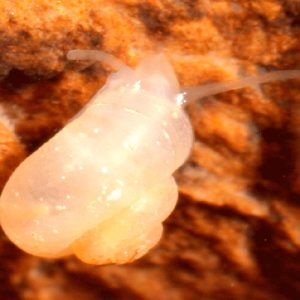 Foushee Cave Snail
Foushee Cave Snail
Fowler Cemetery
Fowler House
aka: Absalom Fowler House
 Fractured Millstone by Robyn Horn
Fractured Millstone by Robyn Horn
Franke’s Cafeteria
Franklin County Courthouse, Northern District
Franklin County Courthouse, Southern District
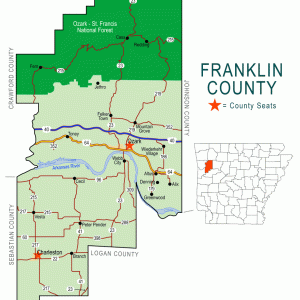 Franklin County Map
Franklin County Map
 Free Bridge
Free Bridge
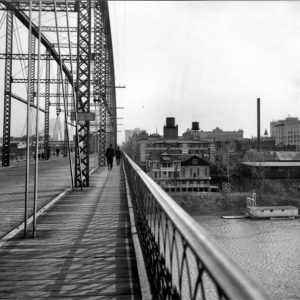 Free Bridge
Free Bridge
Freedom Centers, Houses, Schools, and Libraries
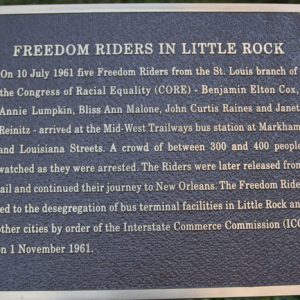 Freedom Riders Plaque
Freedom Riders Plaque
Freedom Suits
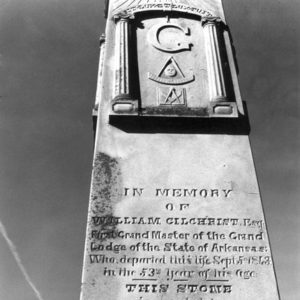 Freemason Monument
Freemason Monument
Frenchman’s Mountain Methodist Episcopal Church and Cemetery
aka: Cato United Methodist Church and Cemetery
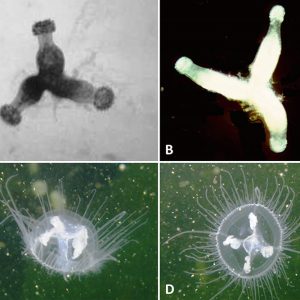 Freshwater Cnidarians
Freshwater Cnidarians
Freshwater Drum
aka: Grunter
aka: Gaspergou
 Freshwater Drum
Freshwater Drum
 Freshwater Isopods
Freshwater Isopods
 Freund Print
Freund Print
 Freund Necklace
Freund Necklace
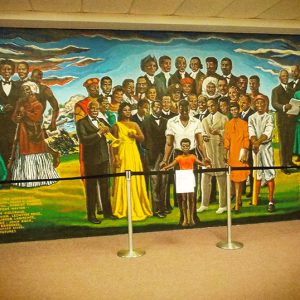 Freund Mural
Freund Mural
Fried Dill Pickles
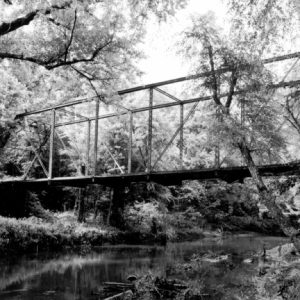 Fryers Ford Bridge
Fryers Ford Bridge
Fulbright Industries
Fulbright Memorandum
 Fulbright Sketch
Fulbright Sketch
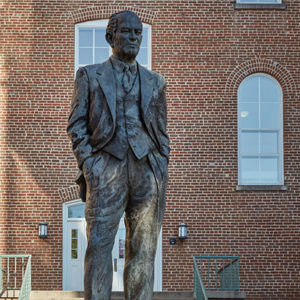 Fulbright Statue
Fulbright Statue
 Fuligo septica
Fuligo septica
Fuller-Shannon House
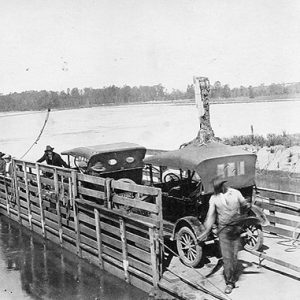 Fulton Ferry
Fulton Ferry
 Fulton County Map
Fulton County Map




